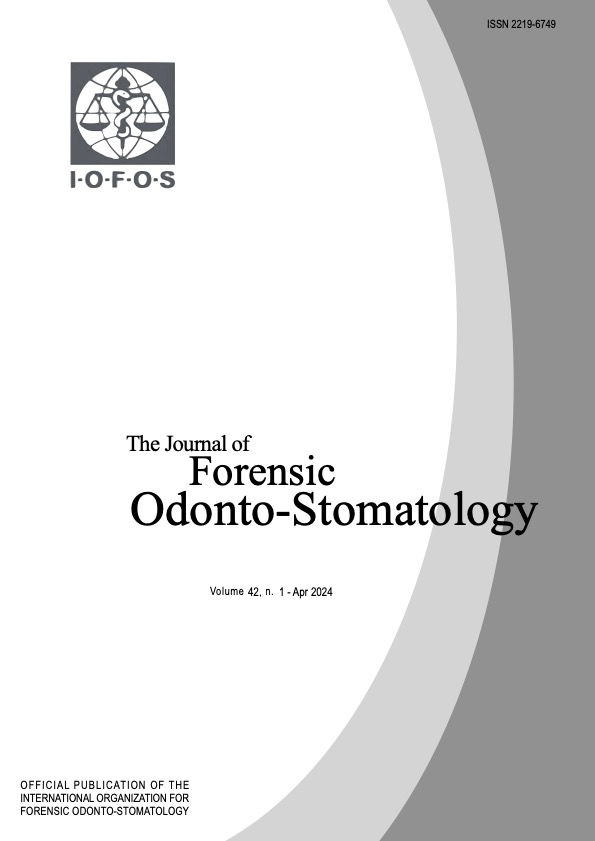Machine learning assisted 5-part tooth segmentation method for CBCT-based dental age estimation in adults
Abstract
Background: The utilization of segmentation method using volumetric data in adults dental age estimation (DAE) from cone-beam computed tomography (CBCT) was further expanded by using current 5-Part Tooth Segmentation () method. Additionally, supervised machine learning modelling —namely support vector regression (SVR) with linear and polynomial kernel, and regression tree — was tested and compared with the multiple linear regression model.
Material and Methods: CBCT scans from 99 patients aged between 20 to 59.99 was collected. Eighty eligible teeth including maxillary canine, lateral incisor, and central incisor were used in this study. Enamel to dentine volume ratio, pulp to dentine volume ratio, lower tooth volume ratio, and sex was utilized as independent variable to predict chronological age.
Results: No multicollinearity was detected in the models. The best performing model comes from maxillary lateral incisor using SVR with polynomial kernel ( = 0.73). The lowest error rate achieved by the model was given also by maxillary lateral incisor, with 4.86 years of mean average error and 6.05 years of root means squared error. However, demands a complex approach to segment the enamel volume in the crown section and a lengthier labour time of 45 minutes per tooth.

